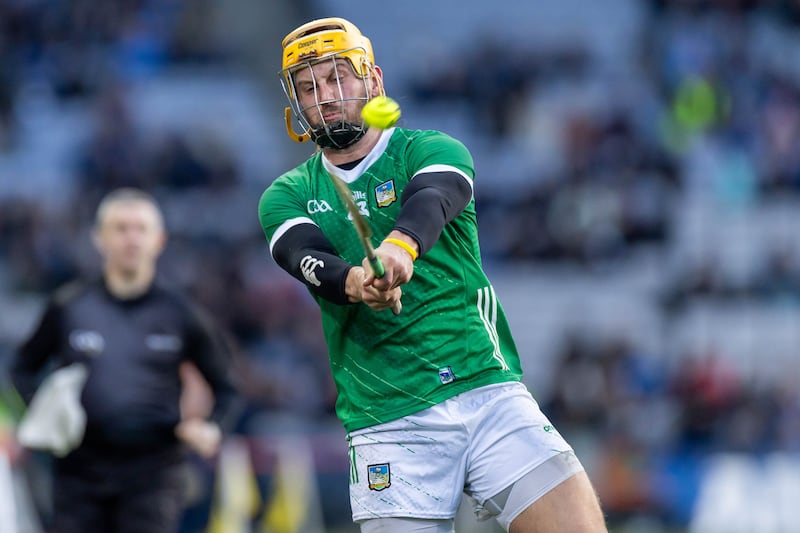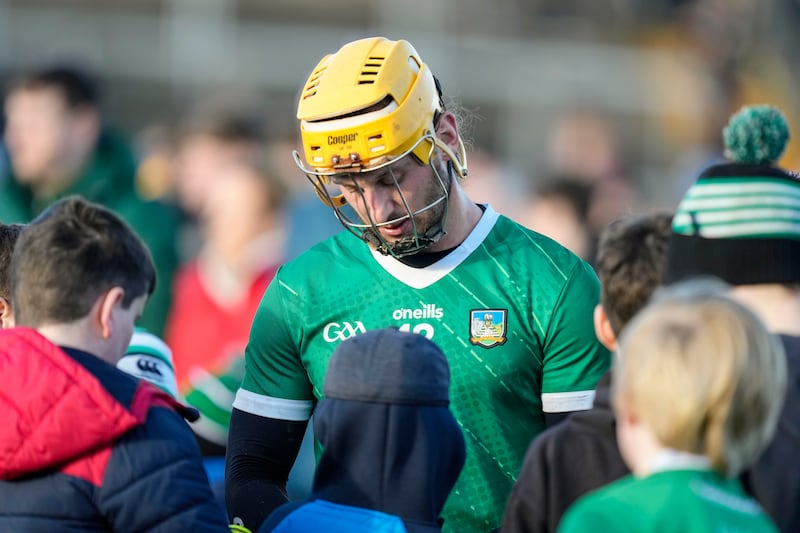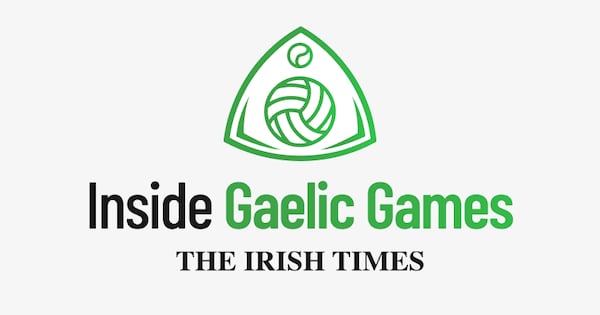The Indecon Report, commissioned by the GPA, has laid bare the extraordinary economic, social, and personal impact of the intercounty game. For all the pride and passion that players bring to the jersey, there’s a growing disparity in how the game is run and the sacrifices players are asked to make. While intercounty players generate €591 million annually for the economy and support over 4,000 jobs, they are out-of-pocket by an average of €4,500 each year. That’s simply not reasonable or fair.
Intercounty GAA is an entirely different animal to the club game. And while the heartbeat of the GAA remains its clubs, its communities, and its volunteers, the intercounty game operates on a different scale. The club game is where we all start, where we learn to play, and where we feel the greatest sense of belonging. Playing for your club is about representing your neighbours, your friends, and your family.
Intercounty players are first and foremost club players, and local GAA will always be the bedrock of the association. But let’s be honest: intercounty football and hurling have evolved into something entirely different.
At the intercounty level, are players the last of the amateurs? Look at Croke Park on All-Ireland final day: everyone in that stadium is being paid. The administrators in the Hogan Stand, the management teams(!), the physios, the caterers serving drinks, the people selling programmes, the media, the photographers; they’re all professionals. And rightly so; they’re part of what makes the intercounty game run. Compare that to local club games, where everybody is a volunteer and giving their time freely and commitment to their community. And rightly so. That is light years away from the intercounty game which is now saturated with paid professionals, commercialisation and crazy revenue.
GAA club finals: Ballyboden can maintain capital run, while Ballyhale eye another shot at top
GAA president Jarlath Burns criticises local authorities on lack of pitches
GAA outline the fightback on rural decline and urban overload
Ciarán Murphy: Charlie Smyth has earned his shot at securing NFL’s most unforgiving role
But on the pitch, the players − the ones people actually pay to watch − are not being compensated fairly for the commitment they give. That €591 million contribution to the economy and over 4,000 jobs wouldn’t exist without them.
The Indecon report spelled out that Central Council revenue grew by 44 per cent between 2018 and 2023 to over €90 million. The intercounty game generates over 80 per cent of that income. Inflation grew massively on nutrition and mileage in that time. Yet nothing changed in reimbursement for the players, meaning we are €1,500 worse off. That doesn’t make sense to me.
The demands of intercounty life are incomparable to the club game. At the club level, we play for the love of our communities, and we’ll always cherish those games. But intercounty players are living a completely different experience. For them, it’s a second part-time job.

It’s not just about showing up for matches. It’s about hours of training, recovery sessions, gym work, and analysis. It’s travelling across the county or country to training, sometimes two or three times a week, while balancing work, studies, or family life.
I look at some of my teammates and the sacrifices they make. Students who are barely managing to keep up with college because of the demands of the game. Young professionals trying to build careers while juggling mortgages, rent, and long commutes to training. In the current economic climate, those pressures are only increasing.
Fans come to games to see excellence. It’s that commitment to being the best that makes the GAA special, and it’s what inspires kids to pick up a hurley or football. Without that elite standard, the spectacle fades, and the ripple effect on grassroots participation is enormous.
The sacrifices players make are enormous, but they shouldn’t come at such a heavy personal cost. At the very least, intercounty players should be cost-neutral. Students playing in Croke Park or in front of 20,000 people on a Sunday shouldn’t have to work in a bar on Saturday night just to cover their expenses.
The amateur status of the GAA is worth protecting, but sometimes protecting it means investing in players. Proper student bursaries, better travel/nutrition allowances, and increased funding for player welfare aren’t luxuries − they’re essential. These measures wouldn’t professionalise the game; they’d ensure that the players who generate so much for the GAA and the wider economy aren’t forced to choose between playing for their county and making ends meet.

The GAA and the Government both have a role to play in addressing these challenges. Supporting players financially is not about professionalising the game − it’s about recognising the value they bring and ensuring the system is sustainable.
The heartbeat of the GAA will always be the clubs, the communities, and the volunteers who give so much of their time, and every intercounty player who is also a club player should absolutely continue to volunteer for their club. But at the intercounty level, the game is different. It’s a showcase of the best that the GAA has to offer, and the players are at the heart of it.
The intercounty game doesn’t just drive the economy; it inspires communities and unites the country. But to keep it alive, we need to support the players who make it all happen.
When a young player pulls on their county jersey for the first time, they shouldn’t have to wonder whether they can afford it. It’s time to make the intercounty game fair for the players − and secure its future for all of us.
- Tom Morrissey is a Limerick hurler















